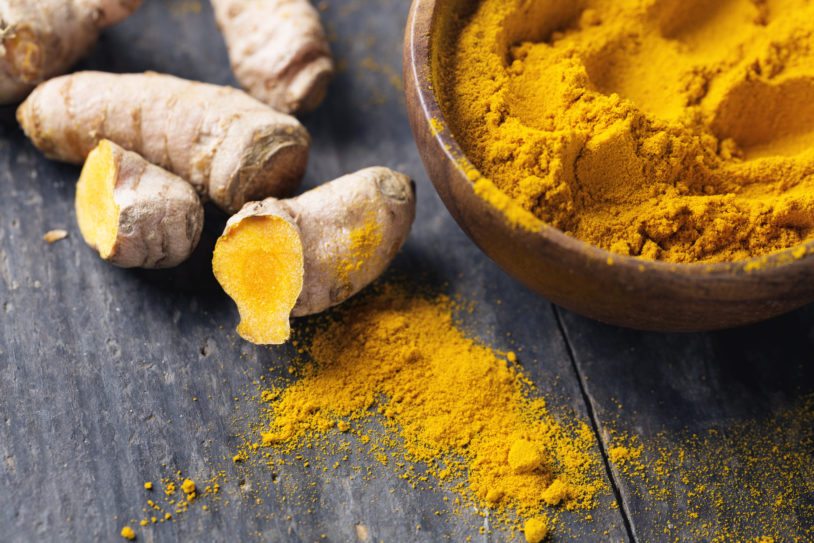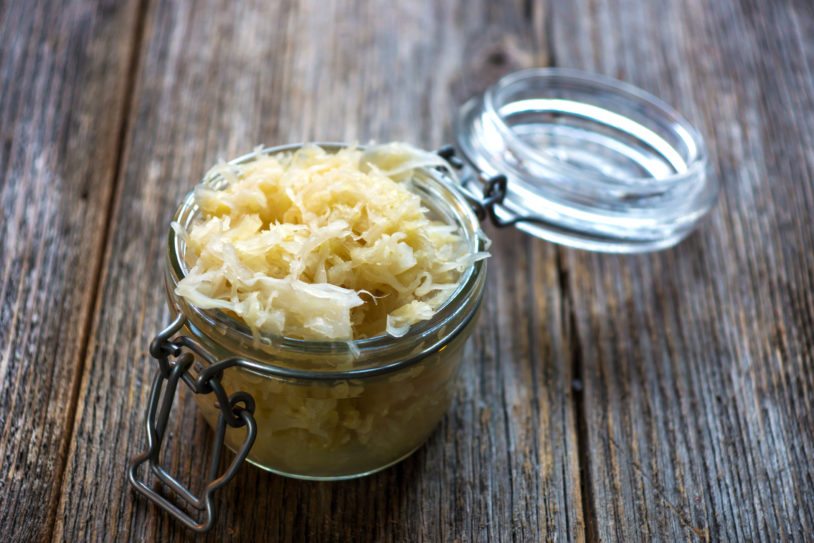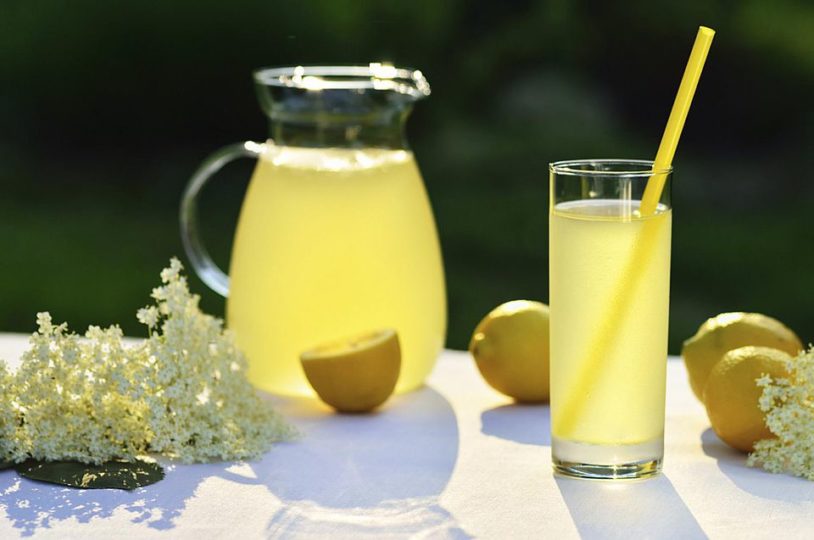At AdventureWomen, good health is a deliberate choice and a lifestyle. We live healthy and we travel healthy. We also believe that “health” is for the mind and the body and we like to stay on the latest trends in healthy eating. Some of these trends are based in evidence-based research, some not so much, but they all should give us “food” for thought around what we are putting in our bodies – and why.
Here are our 10 Trends in Healthy Eating:
#1: Anti-Inflammatory is IN
The tendency of inflammation to be a contributing cause of cancer and heart disease is well documented so the anti-inflammatory power of certain spices, e.g. turmeric has become a hot topic. Mixing healthful powders into our drinks, baked goods, oatmeal, and even coffee can be a fast way to incorporate anti-inflammatory ingredients as well as extra protein.
Turmeric has curcumin (3% concentration) which research suggests may have strong anti-inflammatory properties. Another popular superfood, moringa, harvested in India, Malaysia, Thailand, Myanmar, and parts of Africa and the Philippines is ground into a green powder and is packed with potent nutrients. It has even more anti-inflammatory properties than turmeric and is now found in smoothies, bars, lattes, and energy shots.
#2: Fermentation Can Be Fun
Kefir is a fermented dairy beverage loaded with beneficial probiotics and calcium that helps give your immune system a power boost. Kefir is the perfect choice for adding to smoothies in place of yogurt or as an on-the-go breakfast. You can add extra flavor by adding fresh fruit or fruit puree to kefir smoothies for natural sweetness.
Sauerkraut is also a great traditional and time-honored food that can be eaten alone or as a side dish to dinner or even a savory breakfast! Sauerkraut is simply just cut up cabbages mixed with salt which is then fermented by various lactic acid bacteria. Lactic acid bacteria are vital for your gut health as they produce beneficial probiotics that are linked to improvements in immune, endocrine, digestive, and cognitive function. In order to get the beneficial probiotics needed for your gut, it must be raw (do not heat!).
#3: Plant-based Milk Products Provide
More than 30 percent of consumers are now buying plant-based milks and yogurts. If you want to explore alternative “milk” products, you might consider almond milk which is naturally high in calcium. Other plant-based milks include pea milk, macadamia, tigernut, cashew, oat and coconut milk. Soy milk (proteins) has been shown to stimulate breast cancer growth.
#4: Spice Up Your Coffee
A fast-moving trend worldwide is adding spices to coffee. Look for Mexican spiced coffee with cinnamon, orange zest, molasses, star anise and clove and others flavored with cinnamon, clove, cardamom, nutmeg, and ginger at coffee shops. Hawag or Hawaj coffee, from Yemen, will likely become more readily available. Adding spices to coffee is supposed to help with better digestion, and it’s a delicious, new way to enjoy morning or afternoon coffee without added sugar.
#5: Did you say Mushroom Coffee?
This fungi-focused hot drink provides the coffee-lover with a smooth overall flavor without the jittery-caffeine side effects. Mushroom coffee is picking up steam as more people are becoming aware of it. Mushroom coffee gives you the health benefits of coffee, plus the amazing benefits of mushrooms. The health benefits of mushrooms are well known with various species proven to boost your immunity, support heart health, and fight inflammation that may lead to cancer.
#6: “Root to Stem” : Stamping Out Food Waste
Anthony Bourdain’s latest documentary, Wasted!: The Story of Food Waste has placed the limelight even more vividly on the subject of what we toss out in food value every day. Look toward “root to stem” more complete use of the entire plant in produce ingredients in chefs recipes moving forward. “Re-grained” bars made from the byproducts of brewer’s malt used in the beer-making process, as well as chips made from veggie pulp that’s produced from making their cold-pressed juices as two great examples of innovative concepts for turning food waste into edible and tasty treats.
#7: Hydrated and Healthy
Edible petals and botanical flowers are making their way into your cocktails with elderflower, rose, and lavender popular flavors. This year, Whole Foods is introducing new drink options made with maple and birch, and mocktails made from elderflowers and mint. These naturally-flavored drink alternatives help us both lower alcohol intake and stay hydrated. These new concoctions are also healthier alternatives. When infused in tea or a liquid extract, hibiscus flower, for example offers health benefits from lowering high blood pressure, to easing stomachaches, even supposedly aiding in weight loss.
Along with naturally-flavored carbonated waters, hydrogen water is another popular new health trend. The benefits of hydrogen water include boosting energy, adding antioxidants, and more rapidly metabolizing lactic acid, key for athletes and endurance sports.
#8: Intense and Intoxicating
As food technology advances, we are now about to harvest concentrates more efficiently and combine these into different new food format. Drinkable soups are a great example here. Packed with organic antioxidant-packed produce extracted using High-Pressure Processing (HPP), these soups can enable you to ingest five-to-ten servings of produce each day and are a delicious “meal on the go”. Most drinkable soups are served cold very similar to a smoothie.
#9: Stay Heart Healthy
Heart health is so important for women. As more medical attention has finally been paid to our need to reduce our risk of heart disease, new superfoods are evolving which help us do this via nutrition. Tahini, toasted sesame seeds ground into a paste, for example is loaded with monounsaturated fats, along with cholesterol-lowering phytosterols that help promote a healthy heart. This savory ingredient is moving now into mainstream products from snacks and desserts to breakfast items.
#10: Splendid Sprouts
Finally, sprouting and soaking is a great way to increase the nutrient absorption from foods, such as nuts, legumes, and grains which are difficult for the body to absorb. It helps to increase the absorption of nutrients like B12, Iron, Magnesium, and Zinc. It also helps to make food easier to digest, decreases phytic acid (an anti-nutrient), increases protein availability and fiber content, and breaks down gluten.






